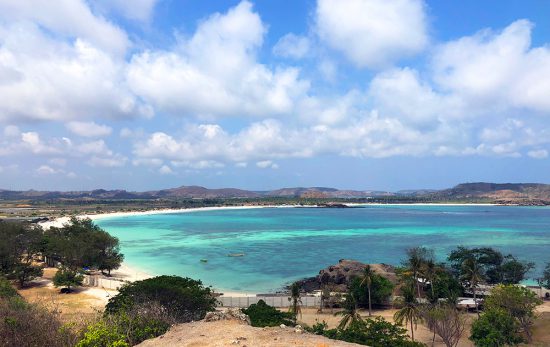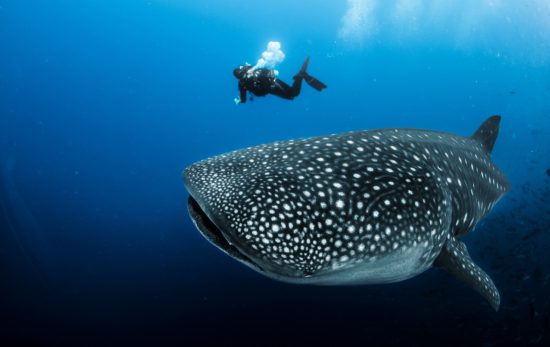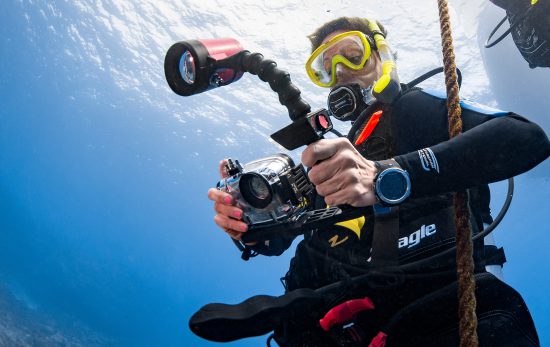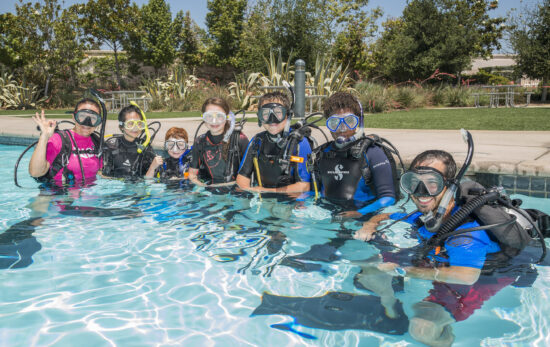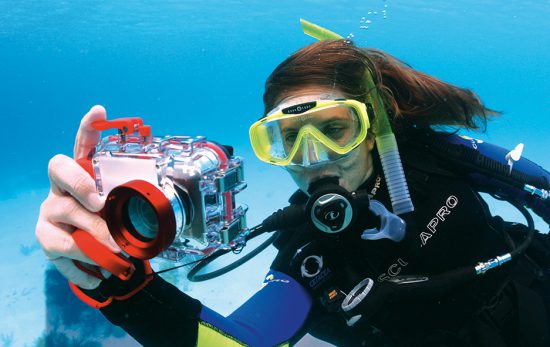Written by Matt Testoni, Underwater Photographer and PADI Instructor.
Travelling with dive gear is often a bit tricky, balancing your bags weight between clothing, personal items and dive gear is a struggle divers know all too well. Add to this an underwater camera and all of a sudden you’re checking in another bag or two and your holiday budget is suddenly a lot higher. How can you avoid this but still capture some great underwater memories? Below are a few tips and tricks to combat this common scuba problem.
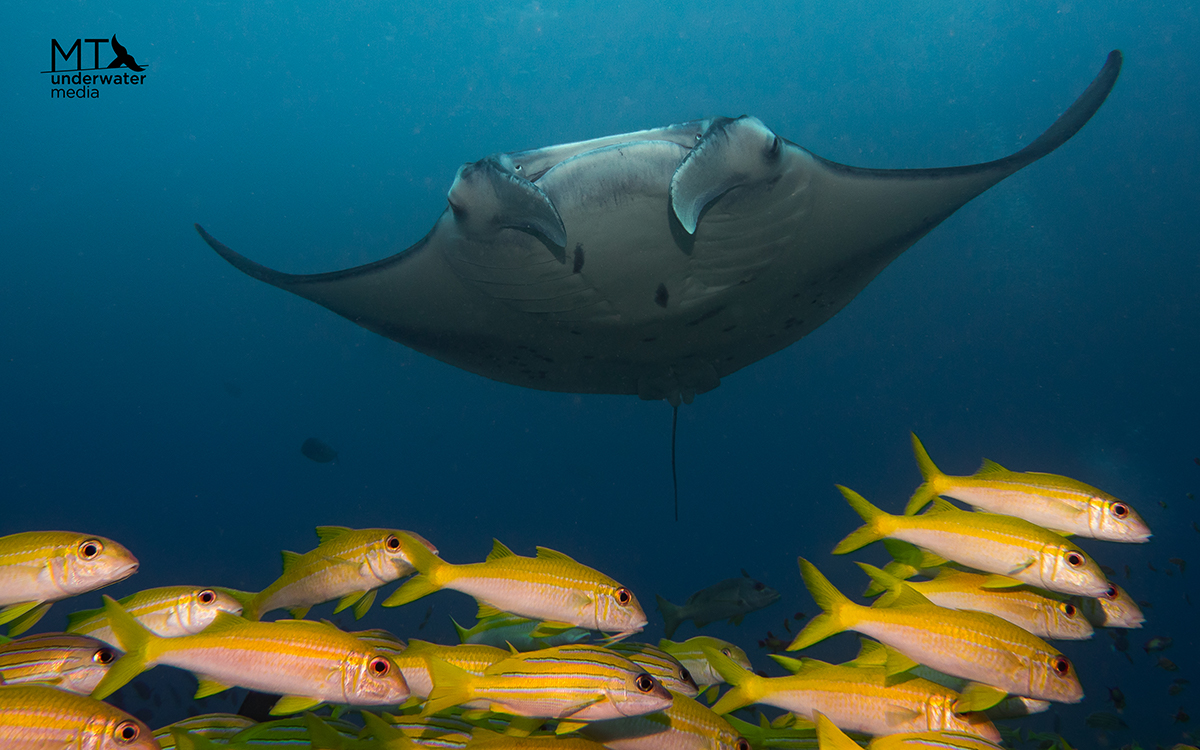
The Classic Compact
A compact point and shoot is always a good way to go, these days small cameras can produce some amazing images. They’re also light, versatile and can shoot macro or wide angle with the touch of a button. The resolution is also more than enough for social media posts or small prints. Cameras such as the Olympus Tg series, are waterproof already and many avid photographers carry this style of camera on overseas trips. You can even buy a small cheap housing for them that lets you get that little bit deeper whilst giving another layer of camera flood protection.
Mirrorless
Some photographers still prefer travelling with a more traditional style camera where using a specific lens for certain photos can really produce something special. Mirrorless cameras can be a great way of doing this. They are generally smaller and lighter, systems such as Micro Four Thirds have fantastic lenses that weigh considerably less and take up a fraction of the space compared with traditional DSLR and full frame camera setups. Unless you’re shooting for National Geographic you probably don’t need an enormous camera rig.
Housings
If you find you have the space but not the weight then a plastic housing is a great option for saving the baggage pounds. There are many positives and negatives that photographers can argue for hours about, when it comes to housing materials but there is no doubt that some lighter plastic housings work extremely well and help produce great images at a fraction of the weight.
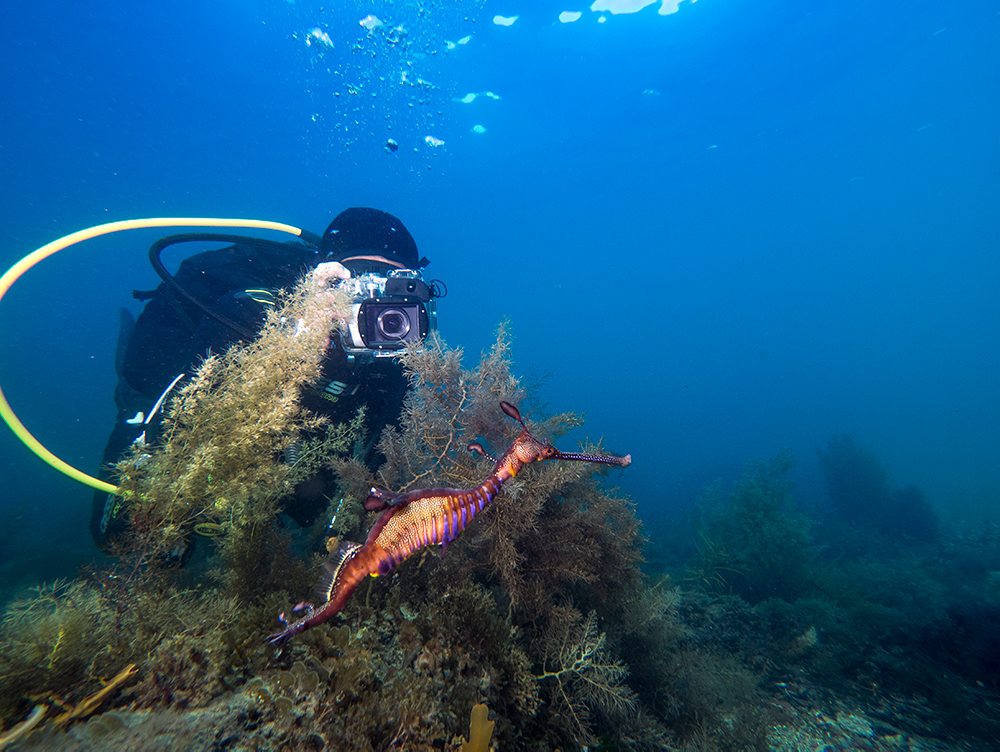
Lights and Strobes
Often you see an underwater photographer swimming along with an array of long metal arms attached to their camera carrying all sorts of lights, strobes and other various attachments. Not only is this a huge setup to carry down the pier it also is a nightmare to travel with. Instead you can try using a single strobe and one arm. Often a good strobe will have a decent light built in and so it can function both in a photo sense and as a night dive exploration tool. Just because you have a single strobe doesn’t mean you won’t take a great image. Indeed some of the best photos are shot with only one artificial light source as it can greatly increase the mood and depth of your photo through shadow.
Want to learn more about underwater photography? Locate a PADI Dive Shop and take the PADI Digital Underwater Photography Specialty course today!
